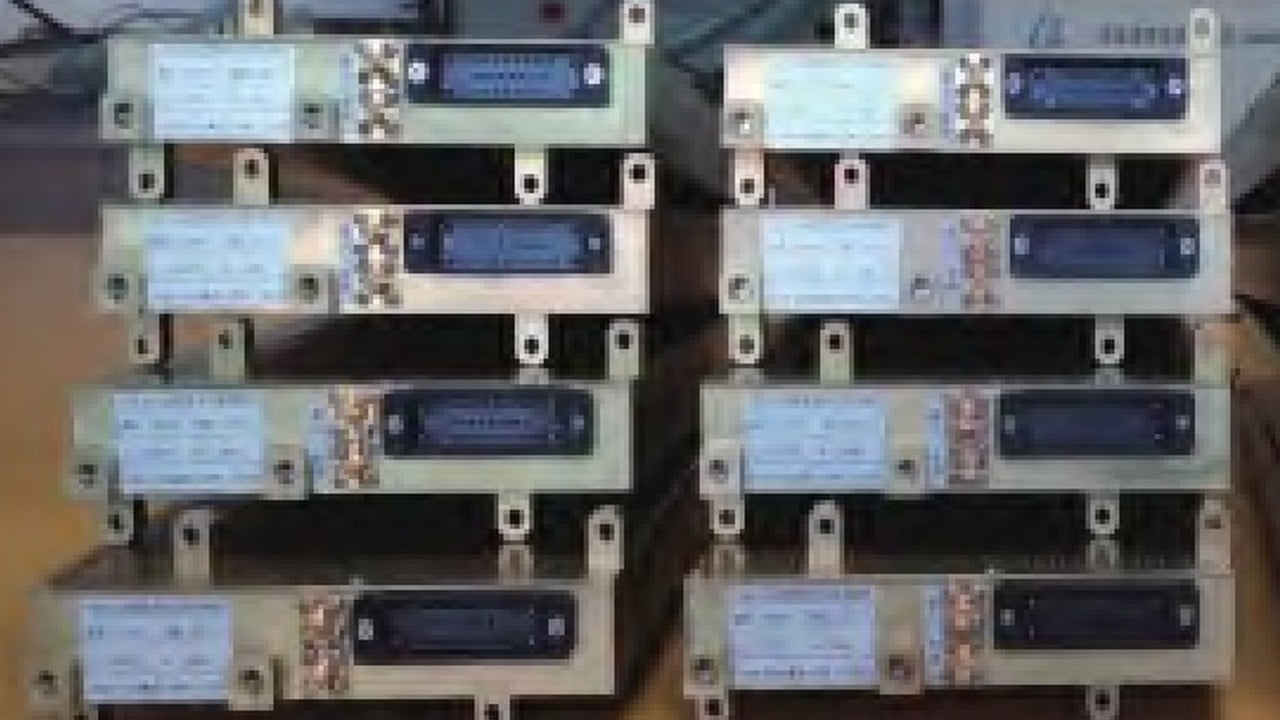Published: 7:00pm, 15 Aug 2025Updated: 7:06pm, 15 Aug 2025
In a defence tech laboratory in Beijing, a research team powers up a vacuum tube about the size of a pistol.
Advertisement
Inside, a stream of electrons surges through thin coiled wires, amplifying microwave pulses ranging from 8 to 18 gigahertz with more than 500 watts of output – performance metrics that until recently were only achievable in devices much bigger.
It is the new heart of China’s advanced radar and electronic warfare systems – a miniaturised travelling-wave tube (TWT), and a symbol of how relentless refinement of microscopic details is propelling the country to the forefront of military electronics.
For decades, TWTs have powered high-end radar and electronic warfare systems, capable of amplifying broadband microwave signals with efficiency and power that solid-state amplifiers cannot match.
But their size – especially their height – has long limited their integration into next-generation phased arrays, particularly in aircraft, satellites and stealth platforms where space and weight are at a premium.
Advertisement
Squeezing hundreds or even thousands of tubes into a radar has always been a headache, but Chinese engineers have shrunk a high-power X-Ku band TWT to just 20 millimetres (0.8 inches) in height – less than half the thickness of comparable Western models – with a boost in performance.

